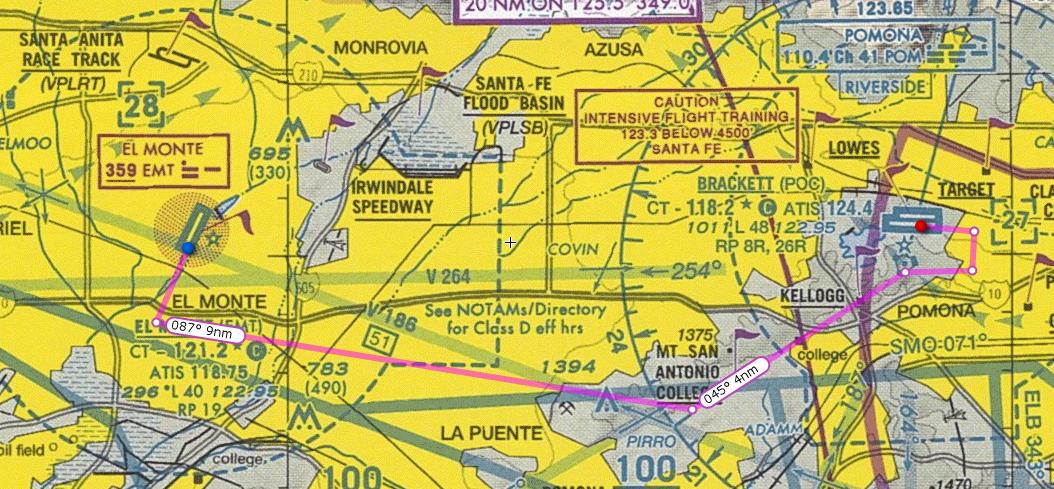How to land a plane without the engine
January 16th, 2015 at 11:12 am (Flying)
 For some fascinating reading, check out Gene’s Top Ten List of Pilot Killers. The list is full of good advice and warnings (all quite sobering, given the fatalities mentioned).
For some fascinating reading, check out Gene’s Top Ten List of Pilot Killers. The list is full of good advice and warnings (all quite sobering, given the fatalities mentioned).
Item 6 (“Failure to maintain proficiency”) in particular gave me food for thought. It’s easy to assume that you’re as proficient now as the day you got your license. When was the last time you practiced a (simulated) emergency while driving your car? (e.g., tire blowout, run out of gas, pedestrian runs in front of your car) Was this even covered in your driver’s ed course? For pilots, how often should one practice such simulations in a plane, after getting a license?
I’ve now had the “opportunity” to practice landing after an engine failure. This sounds terrifying, but actually it was empowering. I got to see how the plane behaves with no engine power, and stay in control and survive it.
We were flying along at 1300 ft when my instructor pulled the throttle to idle and said, “Ok, land the plane.” We’d covered the process, and he coached me through it, so I wasn’t completely on my own. And in this simulation, we don’t actually turn the engine off. “The first rule of emergency simulations,” he said, “is don’t make the simulation into a real emergency.” With the throttle at idle, the propeller keeps spinning, but there’s no thrust powering the plane — instead, the wind is turning the propeller freely.
The first thing you do is get the airplane positioned for its “best glide speed.” I was surprised to learn that airplanes do glide. They can make a good amount of distance even with no propeller power. They aren’t *great* at it, but it’s enough to get you down safely if you stay in control. For this plane, that speed is 80 mph.
Next, you look around for a good landing spot. Since we were flying the airport pattern, our best landing option was… the runway, half a mile off to the right.
Next, you do some standard checks to see if there’s an obvious, correctable problem with the engine. Does it have fuel? Is the mixture rich enough? Is carburetor heat on? Are both magnetos selected? Is the primer locked?
Assuming that none of these fixed the problem, we practiced a forced landing. We were already cleared to land, so we began a gentle curve to bring us around to the runway, keeping an eye (as usual) on airspeed, descent rate, and altitude. We were a little high even with no power, so we put flaps on to increase drag and help us slow down and descend. When we were close enough, I adjusted closer to the regular landing speed (70 mph) by raising the nose and then glided in. I think this was less scary than it might have been because we normally deliberately take the engine to idle just before landing. But the ability of the plane to not fall out of the sky even without engine power was eye-opening to me, in a good way.
This was a great experience, and in conjunction with Gene’s list of Pilot Killers, I now wondering how often one should practice this kind of simulation even after you’re licensed and flying on your own. Pull the throttle to idle on purpose and make sure you remember how to get down safely? Maybe a good idea!

